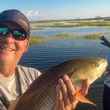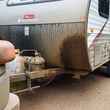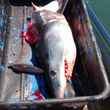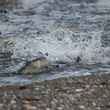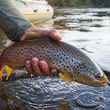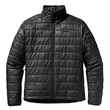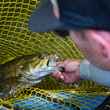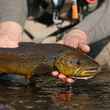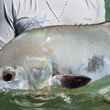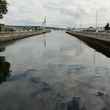Anyone who knows me knows that I am a gear hound. I love fly fishing gear. However, over the years I have found my favorites amongst many companies and have stuck with them. When it comes to fly rods, I have fished many brands and have hopped around to say the least. But, I have to say that I have finally found "the rod" for me. I recently took the plunge into fishing Scott rods, specifically the Scott S4 and S4S series. All I have to say is, wow (okay, that's not really all). These fly rods are the best fly rods I have ever fished with.
First the S4. These are the sticks I am using for almost all of my trout fishing, including a 9 foot 5 weight for dry fly fishing, a 10 foot 5 weight for nymphing, and a S4S 6 weight for streamers (I also have a G2 for light line dry fly fishing). Anyway, the S4 rods. As advertised, they are very fast and can generate high line speeds. They load and unload very quickly, at long and short distances alike, and match my casting tempo perfectly. They are quick, responsive and very powerful. Casting long distances and punching out line are a breeze with the S4.


